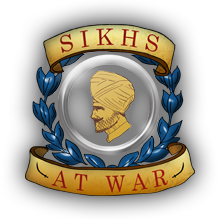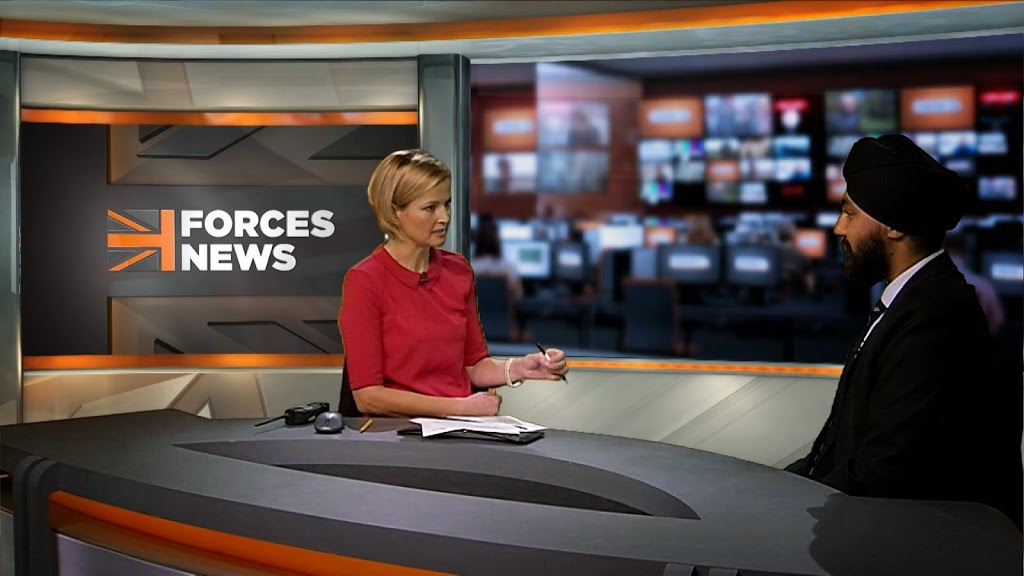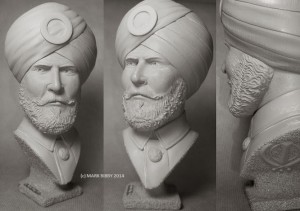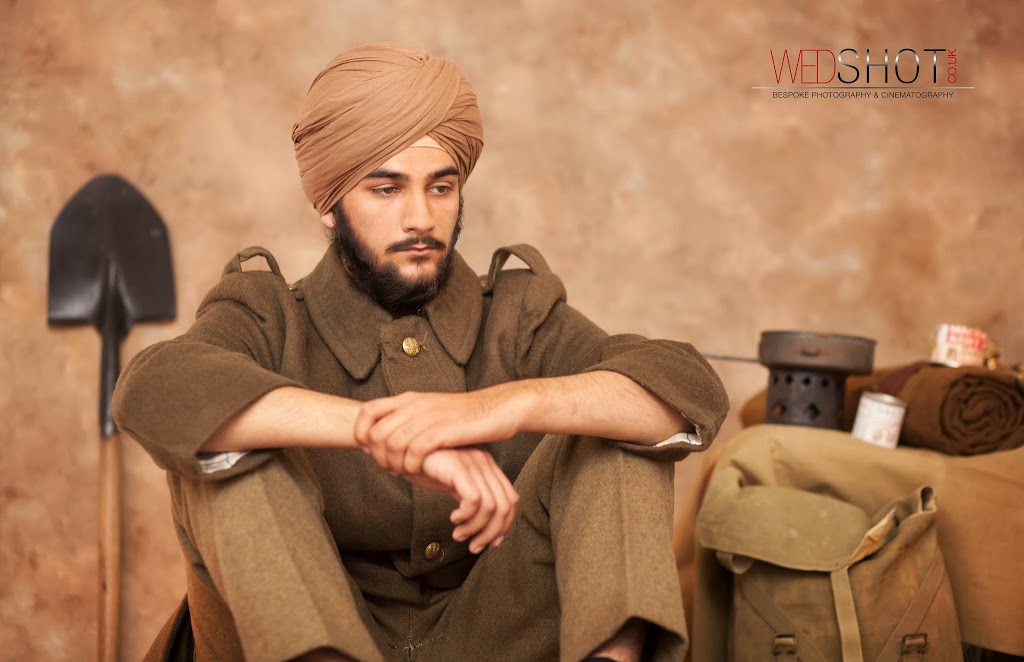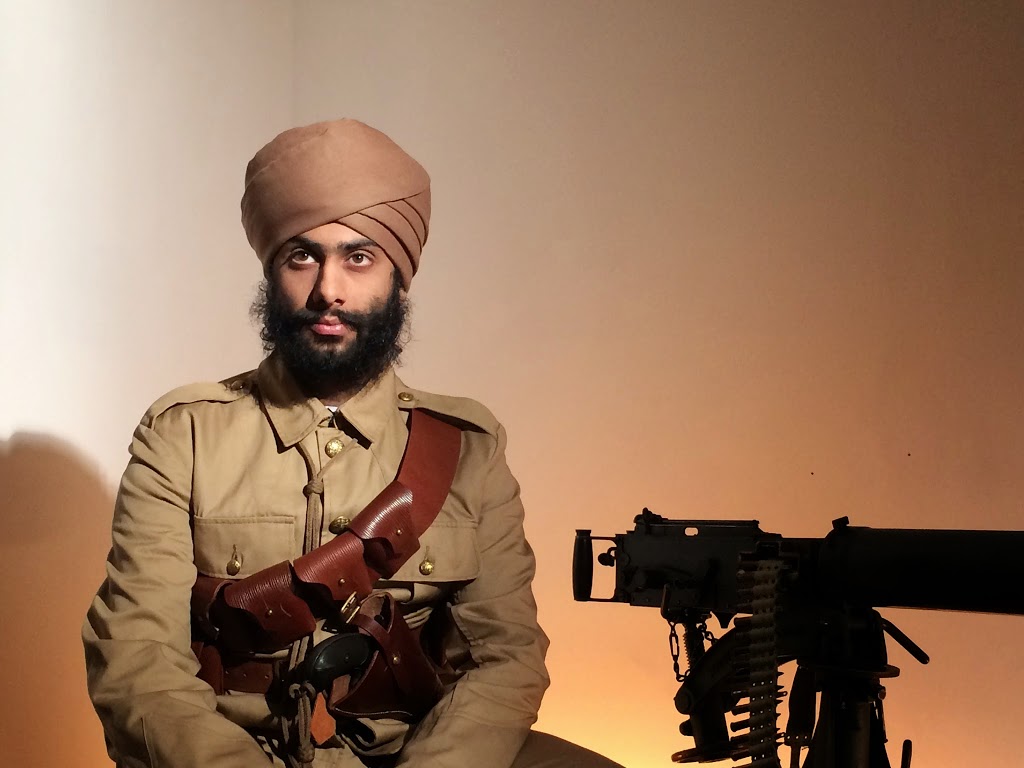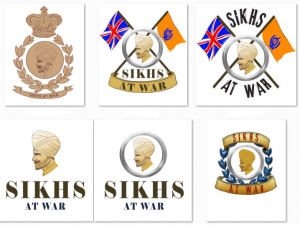Remembrance is a time to commit to acts of public service
Leave a CommentOriginally published on Conservative Home
It was on a recent research visit to St Luke’s Church in South Kensington that I was struck by just how much of our imperial history is hidden away.
Plaques in remembrance of the men and regiments of the Punjab Frontier Force, originally placed in churches in Kohat and Peshawar, were brought back to the UK when India and Pakistan gained independence in 1947. Perusing through the names of the officers who fought on the frontier with Afghanistan during the punitive campaigns of the late 19th Century I was surprised to see just how many had survived that harsh rugged terrain only to die in Flanders during the Great War.
As Remembrance Day approaches, I think of those men of the Punjab Frontier Force who are largely forgotten but whose heroism and devotion to duty deserves to be rediscovered and retold to new audiences.
I also continue to think of my own communities connection to the conflict and the Sikhs who fought, which has inspired me and should embolden us all to undertake greater public service in Britain.
In 1914 when war engulfed the world, the call to fight for Britain went out across India and in undivided Punjab young men of all religious denominations stepped forward to serve. Sikh, Hindu, and Muslim men joined to serve side-by-side in the Punjab regiments, while class-based units of Sikhs also saw a groundswell of enthusiastic volunteers.
Those SIkhs who joined did so to fight and prove their worth, as befitting a warrior race. They were pragmatic and pioneering and had no hesitation in believing that the cause was a just one.
They had grown up on chronicles of how their forefathers had fought to defend their lands against foreign invaders (including at one time the Brits in the Anglo-Sikh wars) and through their devotion to a just war made a name for themselves. They too yearned this glory, to be remembered in war ballads and stories to be passed on to the next generation.
So it was no surprise that at the onset of war in 1914, the rallying cry of the Sikhs was the loudest amongst all the native tribes of India, of which they were a minority. Despite being only one per cent of the population of undivided India at the time they made up 20 per cent of the army in action: 124,245 Sikhs fought as part of the British Indian Army during the conflict, plus several thousands more as part of the Imperial Service’ Troop raised by the princely states, such as Kapurthala and Patiala.
Their motivation in serving was suitably summed up by signaller Kartar Singh who wrote from the western front in January 1916: “We shall never get such another chance to exalt the name of race, country, ancestors, parents, village and brothers, and to prove our loyalty to the Government. I hope we shall renew our Sikh chronicles.”
From Flanders to Mesopotamia, Gallipoli to East Africa, Egypt, Jerusalem, Persia and in little-known missions such as in Tsingtao in China and Trans-Caspia in Turkmenistan; wherever they went the Sikhs lived up to their martial traditions and their remarkable deeds of bravery were amply rewarded.
Between 1914 and 1919, 29 per cent of all Indian Orders of Merit (second to the Victoria Cross) went to Sikhs, as did 24 per cent of all Indian Distinguished Service Medals awarded. They gained 22 Military Crosses and a host of European gallantry awards such as the French Croix De Guerre, Romanian Order of the Crown, and Russian Cross of St George.
For a landlocked people, the war and service to the British took the Sikhs far and wide; it instilled in them the confidence to spread their wings, be pioneering, see the world and to settle outside of the Punjab in greater numbers. The clearest indication of the success of the diaspora is seen here in Britain today where Sikhs are visibly noticed in every industry and profession, contributing to the economy and sharing their wealth with those less fortunate.
We can never forget that it Is the courage and conviction of the Sikh soldier from whence it all stems. The loyal, confident Sikh, ever zealous about his role in the world, inspired by his faith and identity to do good, to stand and be counted. The Sikh whose creed instils a natural bearing for truth, justice and freedom; who would fight for his beliefs and that of others to uphold the name of his Creator and the traditions of his brotherhood.
We can reflect upon the courage of such heroes to refresh our own belief in pursuing truth and truthful living. This remembrance, let us be inspired by the devotion and selfless commitement of men of all faiths and backgrounds who served Britain on the frontier and in the First World War.
In their sacrifice and our shared history we find more that unites us than divides, which can only inspire us to undertake greater acts of public service in all its forms.
